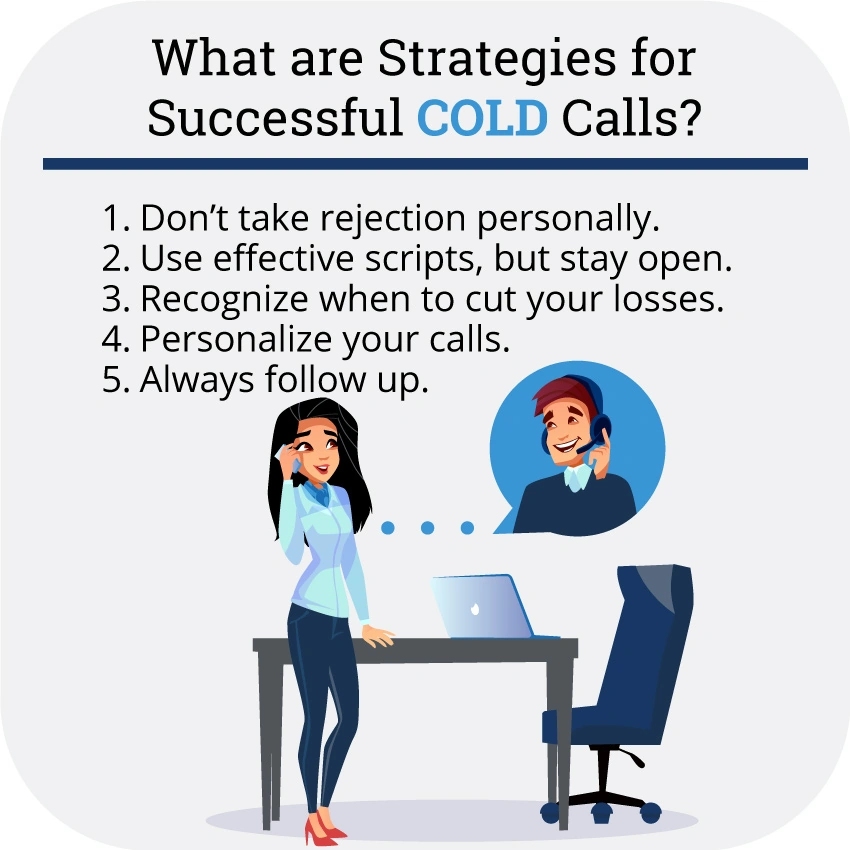The terms "hot calls" and "cold calls" frequently arise in discussions around sales strategies and customer engagement practices. A hot call typically refers to contacting a lead who has previously expressed interest in a product or service, making the conversation potentially more receptive. In contrast, a cold call involves reaching out to prospects who have not shown prior interest, presenting unique challenges, and requiring distinct approaches.
Mastering the art of both hot calls and cold calls can significantly enhance the effectiveness of sales tactics and overall customer service within a call center.
What is a Hot Call?
A hot call in a call center refers to a communication initiated toward a potential or prior customer who has an established relationship with the company or has shown a recent interest in the company's products or services.

Hot calls often arise from triggers like a recent purchase, an inquiry, or a demonstrated interest through interactions such as website visits or engagement with marketing materials. These calls are targeted and informed, with the call center agent possessing specific details about the customer's preferences or previous interactions.
Hot calls typically involve customers who have previously engaged with the company. This prior interaction could be anything from a past purchase, an unresolved customer service issue, or a recent inquiry about a product or service. This pre-existing relationship gives agents a basis for the call, giving them critical leverage as they already have access to valuable customer data such as purchase history, preferences, and previous concerns.
Hot calls typically have higher conversion rates than cold calls. Since the customer already has an interest or need in what the company offers, agents can effectively tailor their conversation strategies to meet the customer's specific needs and preferences, significantly increasing the likelihood of a positive outcome such as a sale or a strong lead.
Timing plays a critical role in the success of hot calls. These calls are often timed based on customer behaviors or immediate needs. For instance, a call might be strategically placed after a customer has browsed a particular product online but abandoned their shopping cart. Contacting at such a moment can effectively capitalize on the customer's demonstrated interest, providing personalized service that might be just what is needed to finalize a sale.
Moreover, timely follow-ups on recent inquiries or issues assure the customer of the company's dedication to customer satisfaction, fostering loyalty and potentially leading to repeat business.
What are Strategies for Successful Hot Calls?
Hot calls require different strategies than cold calls, focusing primarily on tailored solutions and exceptional service to convert existing interest into sales effectively.

1. Tailor solutions to customer needs.
For hot call success, solutions must be customized to meet the specific needs and challenges of the customer. Agents must thoroughly understand what the customer seeks and how their product or service can resolve those issues.
This may involve offering different versions of a product, additional services, or customized packages, thereby increasing the likelihood of closing a sale.
2. Leverage data and insights.
Successful hot calling strategies heavily rely on utilizing data and insights about the client. This includes historical purchase data, previous interactions, and customer behavior patterns. By analyzing this information, agents can predict customer needs and pre-emptively offer solutions, greatly enhancing the customer's experience and satisfaction levels.
3. Provide exceptional service.
To excel in hot calls, providing exceptional service is crucial. This encompasses everything from greeting customers warmly to ensuring that all their questions are answered thoroughly and promptly.
Agents should focus on creating a positive interaction that reinforces the customer's decision to engage with the company. Dedication to excellent service helps in successfully closing the sale and sets the stage for long-term customer relationships and loyalty.
One of the best ways to improve customer service is to use mySQM Customer Service QA software. According to G2 reviews, SQM is a leader in Quality Assurance software. mySQM Customer Service QA software captures, measures, tracks, and benchmarks FCR to provide call centers and agents accurate insights for improving CX and lowering operating costs.
Request a mySQM™ Customer Service QA Demo Video
Learn about SQM's agent… CSAT prediction model, which is based on standardized metrics, AI, and regression analysis to predict customer satisfaction derived from a QA evaluation. Our CSAT prediction model provides a high statistical correlation, translating to a 95% success rate in predicting agent CSAT in most cases.
What is a Cold Call?
A cold call is when a call center agent contacts a potential customer without any prior relationship or implied interest from the consumer. This call form is generally used to expand the customer base and reach new market segments.

Cold calls are unsolicited, and the recipient has not previously interacted with the company, making these calls unpredictable and often challenging. The primary objective is to introduce the company or its products and to gauge interest or generate leads.
While most businesses still use cold calling, they often deviate from its traditional meaning. With the rise in scams associated with unknown numbers, many companies prefer warm calling, reaching out to potential customers from a pre-qualified list generated through lead gathering.
The goal of cold calling is to target new customers. Cold calling is pivotal in expanding the customer base and entering new markets. Agents must work efficiently to capture the interest of these prospects, often starting from scratch to introduce the company's services or products. The key challenge here is to convert the unfamiliar audience into interested parties without any previous groundwork.
Cold calling not only informs potential customers about a business but also begins the critical process of building trust and rapport. The initial conversation sets the tone for future interactions and can significantly impact the perception of the brand. Agents should be versed in handling objections and capable of swiftly establishing a connection through meaningful dialogue.
It's well-recognized that cold calls typically have lower success rates compared to other sales methods. The absence of prior engagement or expressed interest from the prospect contributes to this challenge. Sales teams anticipate a high volume of rejections and are trained to persevere despite frequent dismissals. Nevertheless, when executed with persistence and refined tactics, cold calling can yield substantial results, although it demands patience and resilience from the caller.
Cold Call Statistics
Here are some statistics on cold calling:
- The average duration of a successful cold call is five and a half minutes.
- The average duration of an agent monologue during a successful cold call is 37 seconds.
- The best hours to cold call are 11 am – 12 pm and 4 pm – 5 pm.
- On average, it takes eight cold call attempts to reach a prospect.

What are Strategies for Successful Cold Calls?
Although every agent will have their own style, a few strategies go a long way when it comes to cold calling.

1. Don't take rejections personally.
Rejection is a common part of cold calling; however, how it's handled can distinguish successful salespeople from the rest. When faced with rejection, remain professional and composed. Listen actively to the reasons provided by the prospect. Use this feedback to refine your approach or tailor your offer better.
Occasionally, a polite request for the reason behind the rejection can open up further conversation opportunities or at least provide valuable insight for future calls. Understanding and learning from each rejection is essential for continuous improvement and eventual success in cold calling.
2. Use effective scripts, but stay open.
An effective script serves as a guideline to steer the conversation and cover all critical points without sounding robotic. Develop flexible scripts to allow deviations based on the flow of conversation but structured enough to ensure all essential information is conveyed.
Start with a strong introduction that captures attention, communicate the value proposition clearly, and always have responses prepared for common objections. Practicing the script helps agents deliver it more confidently, which can significantly influence the call's outcome.
3. Recognize when to cut your losses.
Learning when to cut your losses is crucial for effective time management and maintaining morale in cold calling. If a prospect shows no interest or is clearly not a good fit, moving on swiftly is essential. Prolonging such conversations can drain energy and resources that could be better spent on more promising leads.
Developing the skill to identify unproductive calls early allows you to focus on opportunities with higher potential. Politely ending a call when it's not yielding results is not a failure; it's a strategic decision to optimize your efforts for greater overall success.
4. Personalize your calls.
When making cold calls, personalization is crucial. Research the prospect beforehand to gain insights into their business needs and preferences. Providing tailored communication instead of a generic pitch tremendously boosts the chances of engaging a client.
Use the prospective client's name, mention specific aspects of their business, and relate how your product or service solves their unique challenges. This targeted approach improves the call's effectiveness and builds a foundation for a strong customer relationship.
5. Always follow up.
Eighty percent of sales occur after the fifth contact attempt. Even if your prospect didn't sign up or schedule an appointment, sending a follow-up email is still worthwhile. Maybe they said no on the phone but changed their mind after receiving an email.
It's very important to keep track of your records and follow-ups. If you called a prospect and left a message, write that down. If you sent an email, write that down. The best way to do this and stay organized is to enter all records into a CRM.
